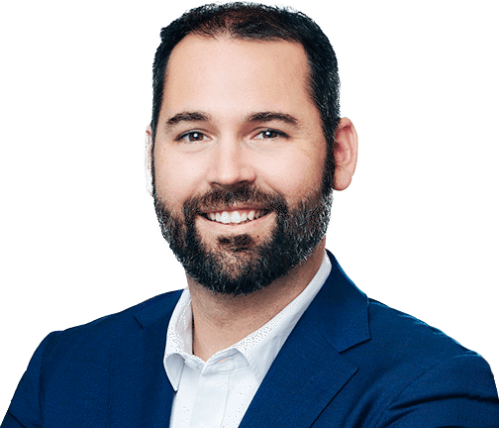The University of Alberta (U of A) is a top Canadian teaching and research university, with an international reputation for excellence across the humanities, sciences, creative arts, business, engineering and health sciences.
Budget cuts prompted a need to rethink the operating model
U of A was under financial pressure following a budget cut of C$225 million (£140 million) over three years imposed by the provincial government. It needed to reduce costs without compromising research, education and community activities, while balancing its budget each year to meet government requirements.
We proposed a bold program that leveraged this financial situation to drive a strategic redesign of the operating model and build a sustainable university with the right shape for future growth. We were engaged to develop a strategic roadmap and new administrative operating model, to implement the academic and administrative organisational structures to drive the change, to redesign a wide-ranging set of services, and to build a culture of change agility and service excellence.
Strategic transformation took place over two years
Across two years, we worked with the university to deliver a strategic transformation in four stages:
Using stakeholder engagement and benchmarking data to identify potential savings. Drawing on our partnership with UniForum, the global leader in higher education benchmarking, we used data to compare U of A’s cost and staff numbers. This enabled the university to design a tailored response for each function that maximised savings and effectiveness rather than applying flat institution-wide cuts.
We consulted senior leaders to determine other potential savings. Ideas included:
- moving to a new administrative model built to deliver value at scale (C$95 million in savings)
- consolidating supplies and implementing a strategic procurement framework (C$20 million in savings)
- better using physical space and offloading redundant buildings (C$12 million in savings)
- undergoing an academic restructure to focus resources on teaching and research while aligning with the new operating model.
Putting the right structures in place to deliver the transformation program. To ensure senior sponsorship of initiatives and rigorous project management and reporting, we established a robust governance structure, including a Program Management Office with a blended client-Nous delivery team. This kept leaders accountable and enabled rapid project delivery as well as upskilling university staff, laying the foundation for successful implementation and continual improvement.
In total, the blended client-Nous program team managed 12 workstreams to drive improvements across 18 faculties and seven administrative functions and redesigned the organisational structures of all five portfolios and multiple faculties. The administrative workstreams give a sense of the scale of the task.
Discovering and designing the new university operating model. Based on a new enterprise-wide operating model built from leading practice insights from Nous and data from UniForum, each workstream started with a discovery phase involving interviews, visioning workshops and workbooks to understand improvement opportunities in granular detail.
We then identified the staffing structure, processes and systems improvements essential to achieving the university’s desired financial and service outcomes. Working alongside university leaders, we designed staffing structures shaped by design principles to balance best-practice organisation design with context-specific needs to achieve the university’s strategic goals.
The new structure and systems were reflected in the new operating model, which drives the organisational structure, decision making, resource allocation, and administrative and professional support. This model includes a university-wide shared services and student services units, wide-ranging business partner networks, and the redesign of over 600 roles across faculties and portfolios to shift the university’s approach for a set of independent units to working together.
Implementing for continuous improvement. We supported the university to implement the new structures and service delivery model, and to instil a culture of continual improvement. We did this by partnering with the program team and functional leaders to upskill university staff through training, building new roles to make the work sustainable, implementing structures to reinforce the new operating model, reforming service governance, and establishing a sustainment plan to set the university up for success once our work was done.
The new operating model is positioning U of A for growth
Our partnership helped U of A to achieve more than C$105 million (£65 million) of sustainable annual savings in the first two years and maintain the provision of all administrative services.
The scale of these savings is unprecedented among Canadian universities. They have helped the university to balance its budget in 2020-21 and 2021-22, with a balanced budget planned for 2022-23 and beyond. The ongoing improvements to structure, processes and systems will enable the university to meet funding cuts while positioning itself for planned growth of more than 25 per cent over four years.
The transformation has laid a foundation of good practice and change agility. It has renewed U of A’s ability to drive growth and innovation in post-secondary education and research through a new academic and administrative structure and more streamlined functions.
As part of its commitment to transparency, U of A has kept the university community informed of progress through the U of A for Tomorrow website.
What you can learn from the University of Alberta
External shocks can provide a burning platform that unite stakeholders behind fundamental change.
Committed executive sponsorship and good governance structures such as a Program Management Office are essential to keeping a transformation program accountable and on track.
Data comparing cross-function and cross-institution performance can enable targeted cost-reduction strategies and better discussions with faculty, staff and the executive.







